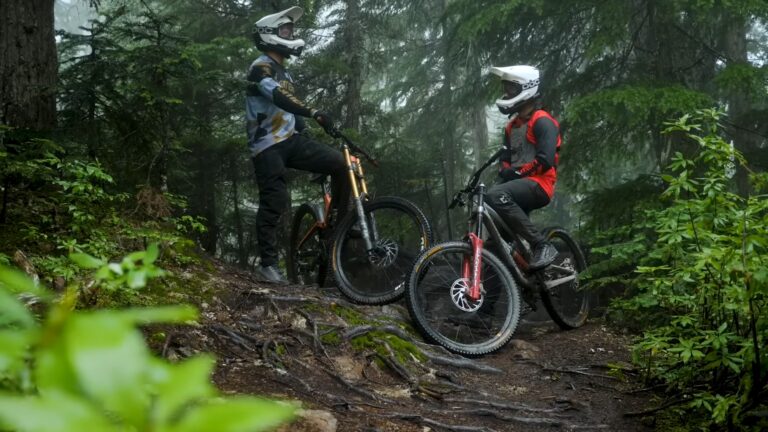When it comes to mountain biking, there are two main disciplines that riders tend to focus on – enduro and downhill. While both types of riding can be enjoyed by anyone with a bike and a sense of adventure, they each offer their own unique set of challenges and rewards. So, what’s the difference between enduro and downhill mountain biking?
Enduro mountain biking is all about going up and then back down again. Riders need to be skilled at climbing as well as descending, and the emphasis is on completing long, difficult trails in a single day.
Downhill mountain biking, on the other hand, is all about going down. Riders race against the clock to complete a course, and the emphasis is on speed and technical skills.
Enduro vs Downhill Bike Difference

The main difference between enduro and downhill mountain biking is the emphasis on pedaling and climbing ability in enduro compared to the pure gravity-assisted descent focus of downhill.
A typical enduro stage might have sections of singletrack that are untimed, but the timed sections are usually much longer than those in a downhill race. Enduro races tend to be multi-day events in the backcountry, while downhill races are typically one-day affairs at a bike park or resort.
What Is an Enduro Bike?
An enduro bike is a mountain bike designed for enduro racing. Enduro racing is a type of mountain bike racing in which the rider completes multiple timed stages over the course of one or more days. The stages are typically downhill, with a mix of technical and non-technical terrain.
What Is a Downhill Bike?
A downhill bike is a mountain bike designed for downhill racing. Downhill racing is a type of mountain bike racing in which the rider completes a single-timed stage over the course of one or more days. The stage is typically downhill, with a mix of technical and non-technical terrain.
Enduro vs Downhill Key Differences
When it comes to mountain biking, there are two main styles that riders tend to gravitate towards – enduro and downhill. Both have their own distinct advantages and disadvantages, so it really depends on what kind of riding you want to do as to which style is best for you.
Here, we take a look at the key differences between enduro and downhill mountain biking, to help you decide which is the right choice for you.
Enduro vs Downhill Racing Format
The first thing to consider when choosing between enduro and downhill mountain biking is the racing format. Enduro races tend to be much longer, with multiple stages that riders must complete within a certain time limit. Downhill races, on the other hand, are shorter and tend to be more focused on one particular section of the trail.
This difference in race format means that enduro riders need to be much more endurance-focused, as they need to be able to maintain their speed and energy levels over a longer period of time. Downhill riders, on the other hand, can focus more on short bursts of speed and don’t need to worry about conserving energy for long periods of time.
Enduro vs Downhill Time Difference
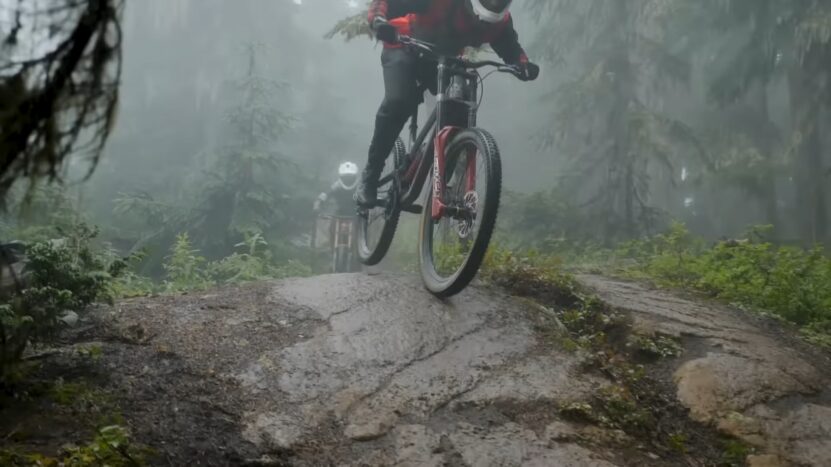
The difference in time between enduro and downhill is significant. The average enduro race is about two to three minutes long, while the average downhill race is about four to five minutes long. This means that you will need to be significantly faster in order to win an enduro race.
Enduro races are typically run on shorter courses, while downhill races are run on longer courses. This means that you will need to be able to navigate the course quickly in order to win an enduro race.
Are Enduro Bikes Good for Downhill?
Enduro bikes are designed for riders who want to go fast and hard on both the uphills and the downhills. They are typically heavier than cross-country bikes, with more suspension travel, making them ideal for rough terrain.
Many enduro bikes also have features such as a dropper Seatpost, which allows you to lower your saddle out of the way on the descents.
Are Enduro and Downhill Bikes the Same?
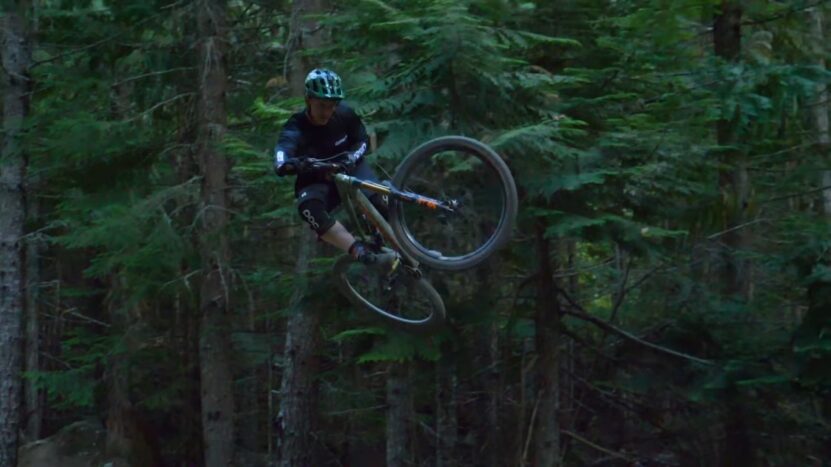
No, enduro and downhill bikes are not the same. Enduro bikes are designed for long-distance riding, while downhill bikes are designed for riding down steep, technical trails.
Enduro bikes have more suspension travel than downhill bikes, and they typically have a more aggressive geometry. Downhill bikes, on the other hand, have less suspension travel and more relaxed geometry.
What Is the Difference Between All-Mountain and Enduro?
Enduro is a discipline of mountain biking where the rider aims to complete an entire mountain biking course as fast as possible. The courses are typically longer and more difficult than those found in traditional cross-country mountain biking.
All-mountain riding is similar to enduro, but the focus is on descending rather than on completing the course as quickly as possible. All-mountain courses are typically shorter and easier than enduro courses.
Can You Ride an Enduro Bike at The Bike Park?
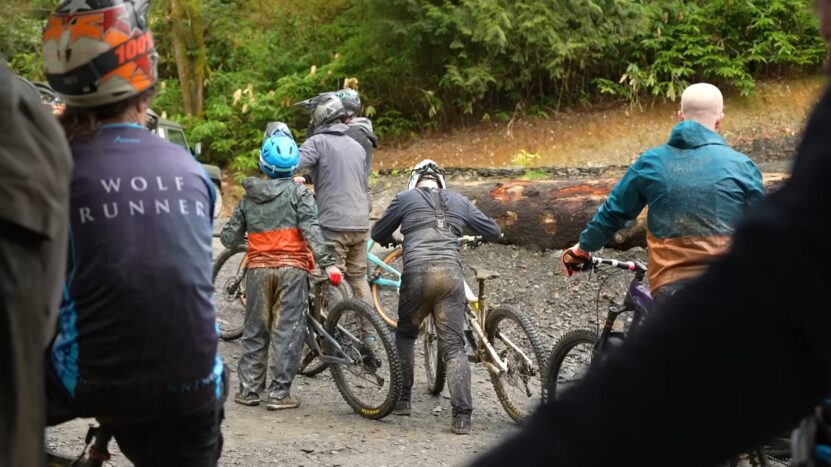
Yes, you can ride an enduro bike at the bike park. However, keep in mind that enduro bikes are designed for off-road riding, so they might not be as well-suited for the Bike Park’s man-made features as a dedicated downhill bike would be.
Plus, enduro bikes generally have less suspension travel than downhill bikes, so you might not be able to take advantage of the full potential of the features at the Bike Park. If you’re unsure, it’s always best to ask a member of the Bike Park staff before heading out on the trails.
Can You Race an Enduro Bike?
Yes, you can race an enduro bike. These bikes are designed for off-road racing and typically have features that make them well-suited for the rigors of this type of riding.
Enduro bikes tend to be burly and tough, with suspension that can handle the roughest terrain. They also often have a more upright riding position, which can give you better control over technical sections of the trail.
Can You Ride a Downhill Bike Uphill?
Yes, you can ride a downhill bike uphill, but it will be much more difficult than riding a bike designed for going up hills. Downhill bikes are heavier and have fewer gears, making them less efficient at pedaling uphill.
And because they’re not designed for climbing, they often don’t have features like a low bottom bracket or a slack head angle that would make uphill riding easier. This doesn’t mean that it’s impossible to ride a downhill bike uphill, but it’s definitely not the ideal way to do it.
Are Downhill Bikes Good for Mountain Biking?
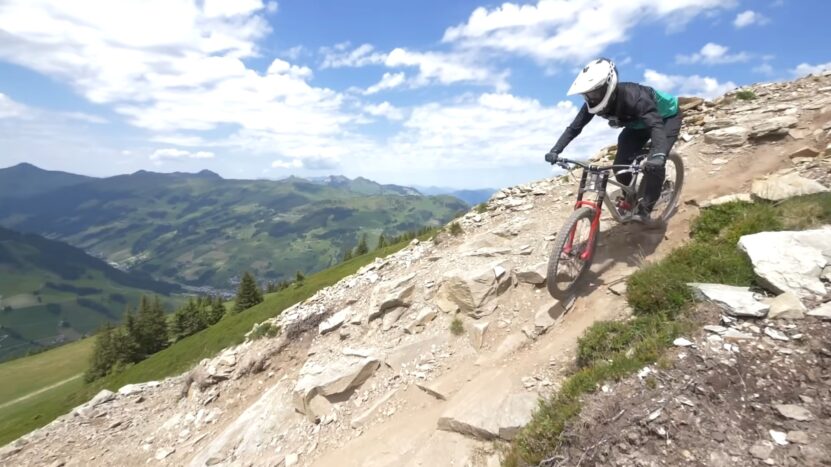
Downhill bikes are designed for going down steep and technical terrain. They are heavier and have more suspensions than other mountain bikes, making them ideal for hitting big drops and jumps. Their downside is that they can be less agile on tight, twisty trails. And, because of all that suspension, they’re also more expensive.
Mountain biking is a sport that has grown in popularity in recent years. There are many different types of mountain bikes available on the market, each designed for a specific style of riding. One type of mountain bike is the downhill bike.
Downhill bikes are designed for riders who want to focus on going down steep and technical terrain. These bikes are heavier than other types of mountain bikes, and they have more suspensions. This makes them ideal for hitting big drops and jumps.
However, the downside to downhill bikes is that they can be less agile on tight, twisty trails. Additionally, because of all the suspension, these bikes are also more expensive.
Conclusion
Downhill bikes are ideal for riders who want to focus on descending steep and technical terrain.
They are heavier than other mountain bikes, and they have more suspensions, making them great for hitting big drops and jumps. However, they can be less agile on tight, twisty trails, and they are more expensive.

